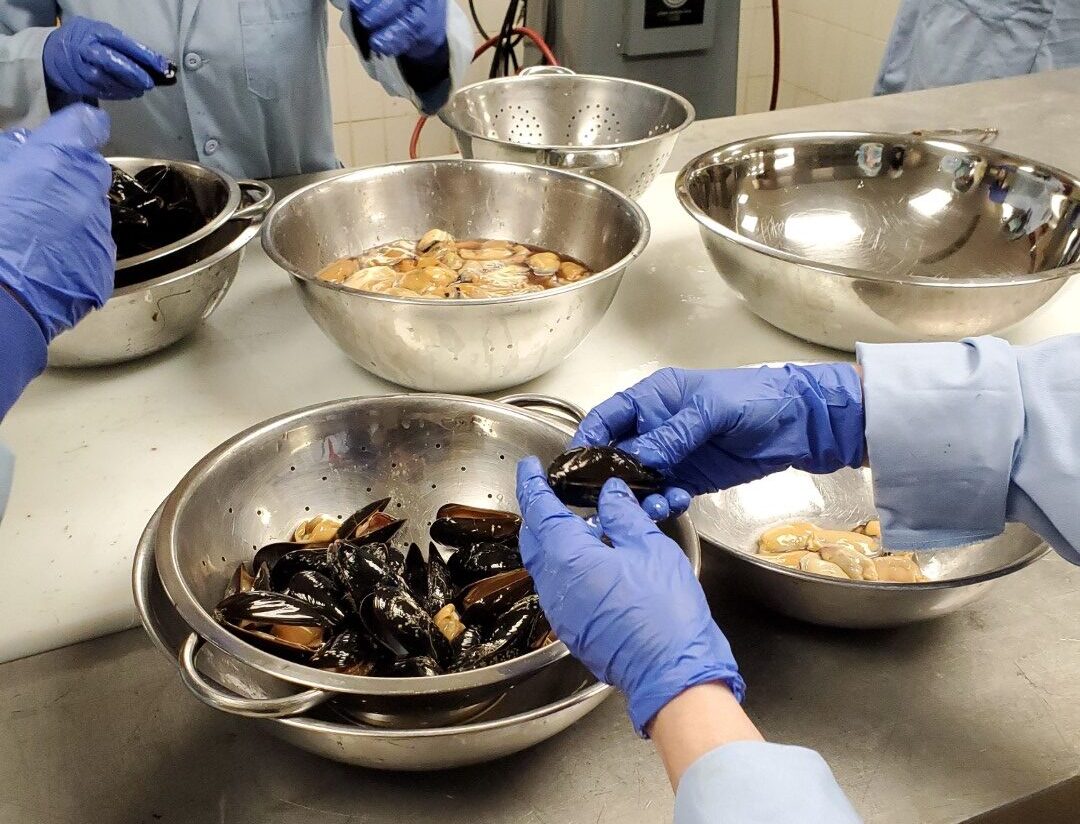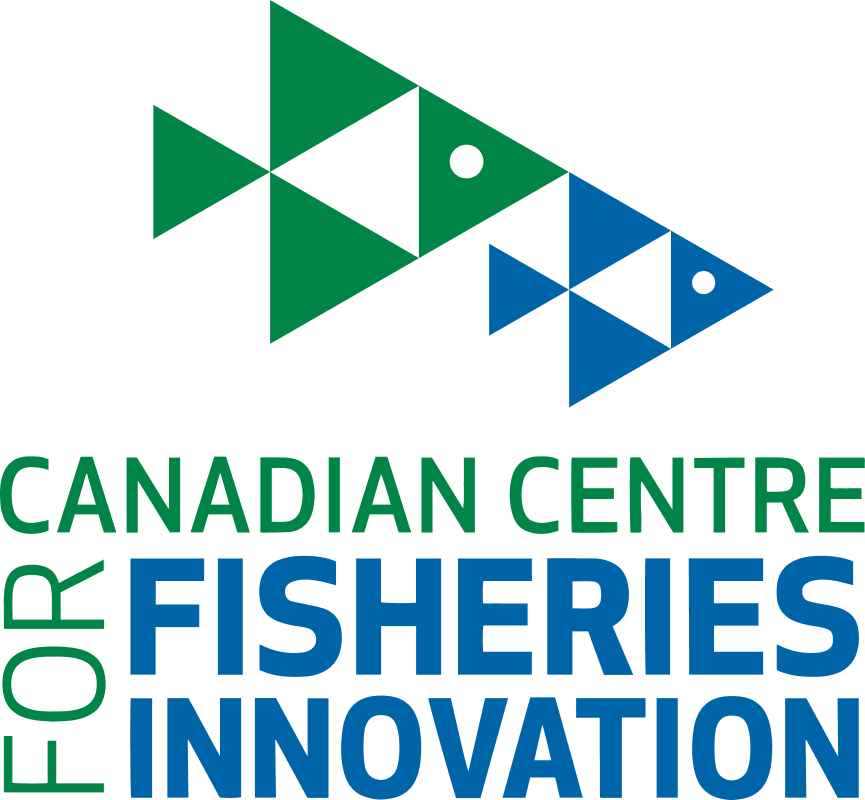Production
of
Mussels
and
Urchin
using
High
Pressure
Processing
The Newfoundland and Labrador (NL) mussel industry has identified the need to diversify its product forms (i.e., fresh & value-added) and expand to include alternative farmed shellfish species (i.e., sea urchins). With support from the Canadian Centre for Fisheries Innovation (CCFI), Connaigre Fish Farms Inc. (CFF) has partnered with Eastern Fish Markets Ltd. (EFM) for this project. CFF has been exploring diversification plans for multi-species farming to enhance its commercial viability, decrease seasonal issues, increase value-added options, and increase the nutritional health benefits of it's products. EFM are currently investing into wild harvesting, holding, and processing of sea urchins, as well as urchin aquaculture R&D.
The proposed diversification plan focuses on three main species - Mussels (Mytilus edulis), Sea Urchins (Stronglyocentrotus droebachiensis) and Seaweed (Saccharina Latissima) and investigates the use of High-Pressure Processing (HPP) technology to lengthen the fresh shelf life, increase human health benefits and take advantage of seasonal market niches for sushi products. The purpose of this project was to explore the use of HPP technology for producing value-added mussel and urchin roe products.
Packaging was sourced at 4oz portion test samples of HPP processed mussels and urchin roe were prepared using a 55 litre HPP machine. Shelf life studies were conducted to asses the benefit of HPP for both products. Organoleptic assessments were performed in addition to the microbiological analysis, virus analysis, histology, and iron content analysis.
The main conclusions drawn from this project are:
- HPP delayed the spoilage of the mussel samples in HPP packaging from 10 days for non-HPP samples (non-HPP-control) to around 39 days for HPP samples (HPP 60,000psi)
- HPP delayed the spoilage of the urchin roe samples in HPP packaging from 10 days for non-HPP samples (control) to around 20 days for HPP samples (HPP 60,000psi)
- HPP did not alter the colour, odour, texture or flavor of Sea Urchin roe.
- HPP did not alter the colour, odour, or texture of Blue Mussels however, it did increase the apparent meat yield by infusing the meat with water.
- Water was released from the mussels over time following HPP leading an accumulation of dark brown drippings surrounding the meat.
- There was a significant difference in the iron content of the drippings collected from HPP mussels versus non-HPP mussels.
- No viruses (Hepatitis A & Norovirus GI/GII) were detected in any samples analyzed.
- Histology found no reportable diseases under Canadian Health of Animals Regulations in any samples analyzed.
- Histology showed some "loosening" of the tissue structure in the HPP mussel samples versus non-HPP, but it was not severe enough to alter the general architecture.
- Improve product packaging for greater consumer appeal.
- Conduct further investigation into the mechanism causing the brown mussel drippings.
- Compare the nutritional content of the HPP versus non-HPP mussels to determine if differences in iron and essential mineral content are also detectable in the meat.


